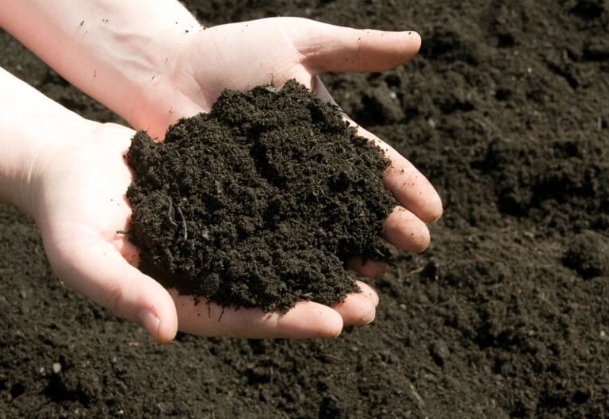
The study spanned a 3000-km transect, involving 15 farmer-led experiments over three years. Researchers assessed soil health by measuring indicators such as soil organic carbon, extracellular β-glucosidase enzyme activity, soil bulk density, soil pH, available phosphorus, and exchangeable potassium. These metrics were integrated into a soil health index (SMAF-SHI) to compare fields treated with the biological conditioner against untreated ones. Data from 87 sampling points were collected, with 2021 reflecting one application, 2022 two applications, and 2023 three applications.
Findings indicated that the biological conditioner’s effects varied by site and year, with subtle changes in soil chemical, physical, and biological properties. Most metrics showed no statistically significant differences over the three years. However, researchers noted slight improvements in soil organic carbon, extracellular β-glucosidase enzyme activity, and soil bulk density after two and three years of application. According to lead researcher Dr. Ana Silva: “These preliminary changes suggest potential benefits, but longer-term monitoring is essential to confirm the conditioner’s impact.”
To deepen understanding of biological conditioners, researchers recommend ongoing soil health monitoring, particularly in the rhizosphere. They also propose incorporating molecular biology techniques to assess the abundance, diversity, and functionality of soil microbiomes. These methods could provide clearer insights into how biological products influence soil health over extended periods.
This study highlights the complexity of soil health responses to biological conditioners in Brazil’s soybean fields. Continued research will help farmers optimize soil management practices, supporting sustainable agriculture in one of the world’s key soybean-producing regions.